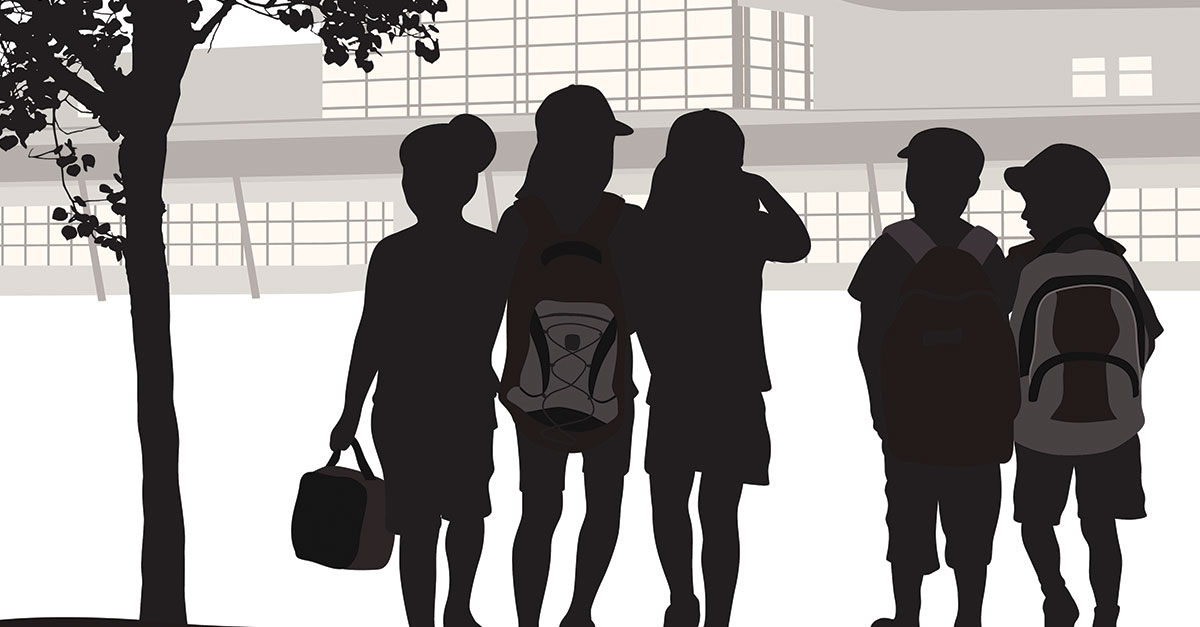Cooperation and building understanding should be key aspects of any attempt to expand and align youth mental health supports across a county, experts said during a recent panel discussion on an innovative collective-impact approach to reimagine mental health care taking place in Sacramento schools.
The session, which highlighted the collaborative partnership between the Sacramento County Office of Education (SCOE) and the Sacramento County Department of Health Services (DHS), was part of a daylong virtual event held Feb. 28 by The California Center for School Climate.
Sacramento County education officials described how placing a mental health clinician in every school in the county to work within a continuum of care at the school site transforms schools into “centers of wellness.”
However, even within a single county, not every school has the same needs, and it is crucial that plans be developed with school site personnel. Christopher Williams, SCOE’s director of School-Based Mental Health and Wellness, explained that in Sacramento County, schools in River Delta are different from those in Sacramento Unified, which are different from those in Folsom.
“Every school context is different, so we really have to seek to understand before we can help to solve anything,” Williams said, noting that there are already pockets of great work being done at these sites, but many districts are working in silos.
“Schools must be an essential actor in our response to the mental health crisis,” he continued. “And that’s what we’re doing — we’re building a scalable, coherent, integrated system in Sacramento County, bringing licensed mental health clinicians into schools … and then allowing for a conversation with everyone in the building to understand their role in supporting the healthy development of the kids they serve.”
The need for mental health services was staggering even prior to the pandemic, which only exacerbated these issues, Williams said. Prior to COVID, research found that one in five students has a diagnosable mental health illness, but 80 percent did not receive treatment. About half of high school students with emotional and/or behavioral challenges drop out of school, and suicide is the second leading cause of death among teenagers.
But the need is even higher among historically underrepresented communities, he noted. The suicide rate for Black/African American children aged 5-12 is twice that of their white peers.
“When we’re thinking about transforming schools into centers of wellness, we can’t nibble at the edges of equity,” Williams said. “Equity has to be at the center of our design principles.”
Building staff pipelines
As with teachers, bus drivers and other school personnel, there is a shortage of school mental health professionals. Taking inspiration from the grow-your-own teacher training programs happening across the country, SCOE is working to develop its own pipeline of counselors.
In addition to making progress toward hiring one fully licensed clinician at every school site, the county is working to hire associate clinicians (those with degrees who are working to obtain licensure hours); graduate clinical interns (the county partners with more than eight universities to place graduate-level social worker and marriage and family therapist trainees); and peer specialist/mentors (this partnership with the Sacramento Employment and Training Agency and the Community Colleges Foundation places undergraduate volunteers on campuses).
All of these are paid positions — an incentive that will also allow more diverse candidates to participate, explained Marcella Rodriguez, a SCOE mental health services coordinator.
SCOE is also developing a high school/peer mentor and student leader program with input from students which will provide older students with mental health and wellness career exploration and exposure.
Rodriguez said the vision is to “develop a pipeline of skilled, motivated and committed professionals that are diverse and representative of the students they serve and are prepared to serve in mental health, health, social-emotional and overall wellness and education careers in our schools.”





